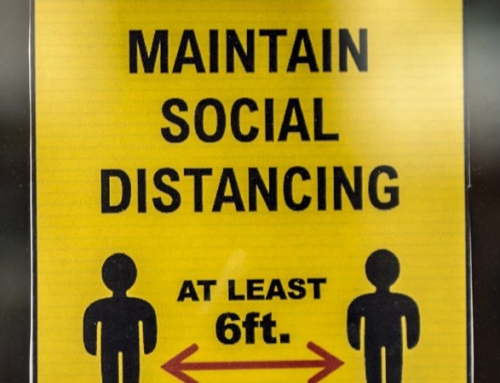Since Covid 19 and BLM, the world seems to have changed significantly. Value systems have altered and what is deemed acceptable is now vastly different to 20 or 30 years ago. This cultural shift is particularly relevant in marketing as companies need to ensure they are communicating with their potential and existing customers in a way that is relevant and appropriate. The issues of race, class and gender are particularly important and so is the idea of promoting equality. Though a lot of marketing content was based on the idea of aspiration living or providing a solution to some kind of perceived “problem” this approach is quickly becoming outmoded. Content that seeks to ridicule or belittle certain lifestyles, character traits or ways of thinking is no longer acceptable. Here’s Probella’s guide to dealing with problematic marketing content.
Do a Content Audit
Though hit rates and other data driven statistics do matter, they do not always give you the full picture, so make sure that you include a human element to any content audits that you undertake. Scan your blogs and articles for any traces of language or material that could be deemed inappropriate or offensive. Anything that embodies white privilege, gender bias or that seems to enforce a certain political ideology should be analysed carefully and ideally removed. Even if your customer base is primarily made up of one gender group or social class, playing up to long held prejudices or insecurities is a cynical and opportunistic way to promote your products. Highlight areas of concern and consult staff, long term customers and independent agencies to get a rounded view of the material you use in your campaigns.
Look at older, evergreen content in particular as the cultural position this was written from may seem problematic by today’s standards. Simple, throwaway jokes or ironic statements may have seemed acceptable five years ago but if you want to ensure your content is in keeping with zeitgeist of the moment, you will need to be very honest.
Understand the current climate
This is easier said than done in 2020 but getting a comprehensive overview of the cultural climate is one of the best ways to equip yourself with the knowledge you need to identify problematic content. Jokes, caricatures, and generalisations that may have been acceptable in the 21st century can now cause serious offence, especially when they are sanctioned by reputable, well-known companies. Though we are not suggesting that everything needs to be sanitised and safe, controversy for its own sake or content that ignores the revolutionary events of the past 12 months will inevitably create problems. Try to consume a varied cross section of media and news from sources on both sides of the political spectrum so that you can get a balanced overview of the mood of the general public. It’s impossible to get things right 100 percent of the time but aiming to be as inclusive as possible is usually a good approach to take.
Trigger Warnings and Age Appropriate Material
Not all content is family friendly or appropriate for everybody. One of the reasons the internet became so popular with younger generations in the early days is that it allowed people to discuss and engage with issues that could not be discussed in the mainstream media. If you are working in an industry where potentially problematic content is par for the course, ensure that you clearly mark this kind of material with trigger warnings or at least clear explanations of its nature. Though parents and carers always do their best to control what their children see online, content providers still have a responsibility to make sure their material is being aimed at the right audience. Mark anything that discusses potentially triggering topics clearly and consider including consent-based forms that ask the user to agree to certain terms and conditions before they view the material. Though this is not a guarantee that vulnerable users will not see your content, it does demonstrate that you have taken the time and effort to include safeguarding measures so that you are distributing material as safely as possible.
Finding Your Own Taste Line
The world is more fragmented than ever, and this is especially true when it comes to the things that people may find offensive. With the obvious exceptions of things like racism, sexism, homophobia and outright hostility, there are not really any hard and fast rules when it comes to defining what constitutes offensive or problematic content. Your own taste line will be quite different depending on what your business or organisation does. An edgy, urban craft brewery could probably get away with a few risky puns and one or two adult jokes whereas a community centred organisation definitely could not. Be realistic about who you are communicating with. Though you are not usually speaking face to face, the rules are quite similar. You wouldn’t tell an off-colour joke to an elderly member of your family at a children’s birthday party, so avoid causing controversy if the material is not going to be received in the spirit that you intended.
Summary
The main focus for any content audits in 2020 should be to eradicate anything that is blatantly offensive. Racial slurs, outdated stereotypes, judgemental attitudes, and anything that forces people to think a certain way should all be removed from your content entirely. Borderline or “challenging” material should be reviewed by experienced members of staff and those with an understanding of the current cultural climate. Though nobody really wants a world where freedom of expression is not permitted, recent events have shined a spotlight on some profoundly toxic ideals that have been normalised for far too long. If you would not feel comfortable saying something in public or amongst friends, the chances are that it is not appropriate material for a blog, video or article that supports your business.






